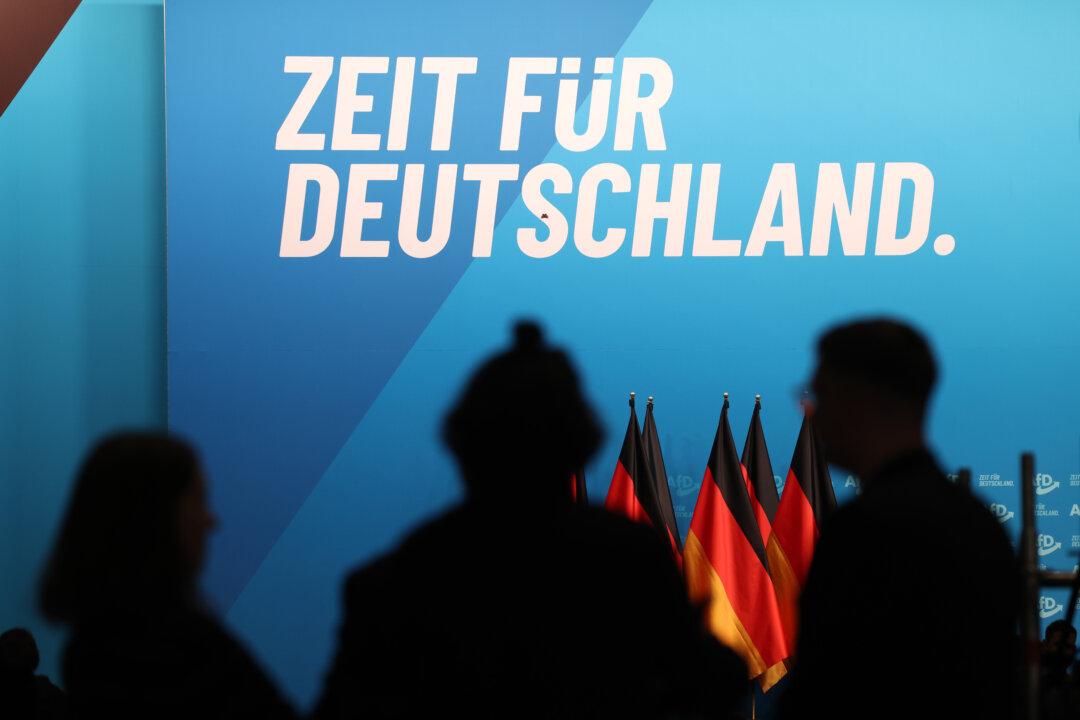For one day in the sunny Iberian Peninsula, the lights went off, in what has been described as the worst blackout in living memory in Europe.
With power now restored, authorities are probing the root cause, but energy analysts say that the region’s heavy reliance on intermittent renewables may have enabled the grid collapse.
The core issue is grid frequency, a 50Hz “heartbeat” that must stay balanced and is fundamental to how electricity travels through the grid.
To keep the frequency stable, the grid needs an unwavering force of power, something the industry refers to as “inertia.”
Fossil fuel oil and gas-fired stations and nuclear power plants have traditionally enabled the decades-old grid to keep a consistent frequency.
However, the rapid increase in renewables and their variable output can effectively throw the rest of the grid out of balance, analysts say.
The disturbance caused the France–Spain interconnector to trip, instantly isolating the two networks.
“The Iberian incident is a lesson in trigger events and systemic risk, both of which are exaggerated by renewables,” Andy Mayer, COO and energy analyst at the free market think tank Institute of Economic Affairs, told The Epoch Times by email.
The first reactor is slated to close in 2027, envisioning a grid powered almost exclusively by wind and solar.

“The closure of conventional generation plants such as coal, combined cycle, and nuclear (in response to regulatory requirements) leads to a reduction in the firm generation and balancing capacities of the electricity system, as well as its strength and inertia,” it said.
Inertia is the stored kinetic energy of the system’s giant spinning metal turbines.
In large power plants, these steel turbines weigh hundreds of tonnes and span several metres, spinning at 3,000 rpm in a 50 Hz system to stabilize frequency by resisting sudden speed changes.
“This increases the risk of operational incidents that could affect supply and damage the company’s reputation. This carries a risk over a short to medium-term horizon,” REE said.
‘Ideological Approach’
Analysts begged to differ with the hesitancy to blame renewables.Mayer said that wind and solar power are intermittent and weather-dependent.
And every day carries “an elevated risk of a power cut over conventional generation from gas, coal or nuclear,” he said.
According to Mayer, renewables are more difficult to connect to the grid and more distributed, requiring more equipment and creating more points of failure.
He said that such sources lack inertia, which means when they fail, “they fail fast and hard.”
“A sudden loss of power in turn can push the rest of the grid out of balance, triggering relays designed to stop ‘oscillation events’ from damaging equipment,” he said.
“Consequently, there is higher risk of a trigger event, and a higher risk of a systemic cascade in a renewables-rich power grid. That’s what just happened in Spain and Portugal,” he said.
He added that there are solutions called “inertia services” like flywheels—which are machines that can continuously accelerate and decelerate to balance electrical supply and demand—so the grid can be tuned to the right frequency.
He added that batteries and grid-forming inverters can also reduce renewables risk, but these add to the cost of deployment.
While electricity was restored to most of Spain and Portugal early on Tuesday, European leaders will be keen to give assurances it won’t happen again.
Mayer said that all national grids with renewables “are aware of this problem, but the policy incentives are wrong.”
He criticized that most governments have taken an “ideological approach” to achieving net zero by setting renewable capacity targets and not delivered output targets.
He said this has led to sometimes “useless over-supply, in the wrong places, without concomitant investment in grid security.”
“The disaster to avoid is ploughing on with net zero regardless, and hoping consumers and industry will bear the already high cost or forgive the occasional day of darkness,” he said.
“Any government not carefully reviewing which path they’re on after this week should be mindful that those that lose power, lose power,” he added.
Energy expert David Turver told The Epoch Times by email that he thinks the countries with high wind and solar penetration are “most vulnerable.”
He said that France’s 50GW of nuclear power stations will provide considerable inertia, along with Germany’s coal-fired power plants.
‘First Total Blackout’
In a Cinco Días opinion piece on April 29, Jordi Sevilla, who served as REE’s chair until 2020, said that the government is moving too quickly to retire nuclear power plants, arguing that they are crucial for supplying stable output needed to smooth the ups and downs of intermittent renewables.“This is the first total blackout ever experienced in Spain. It is also the first time that non-synchronous technologies have provided the majority of our electricity,” Sevilla said.
He said that under current technology, the grid must maintain a “synchronous backup capacity” of hydroelectric, gas, or nuclear, which can be called upon when solar and wind are insufficient, either because of their “intermittency [there may be no sun or wind] or because they lack the synchronism needed for generator stability.”
Substation equipment, including transformers, is often built for multi-decade operations, up to 40 years.
Adopting the country’s grid infrastructure to net zero will be pricey, considering that the EU’s electricity demand is expected to more than double by 2050.
Last month, the European Court of Auditors warned that the current pace of planned grid investments was insufficient for future electricity demand and the energy transition.
They said that if grid operators keep investing at today’s pace, they’ll spend 1.8 trillion euros ($2.06 trillion) by 2050, which is below the 1.9 trillion to 2.2 trillion euros the European Commission says is needed.







